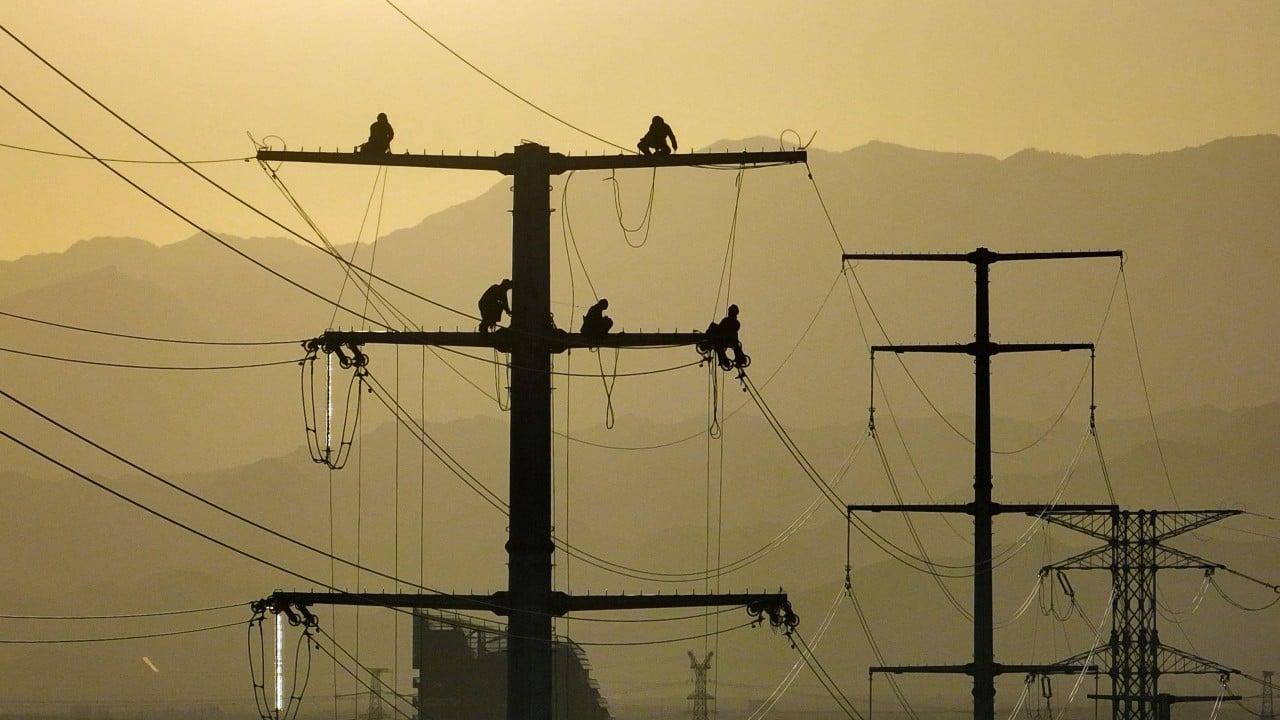Earlier this month, China National Nuclear Corporation quietly marked a groundbreaking achievement. It announced that Linglong One – which it has billed as the world’s first commercial land-based small modular reactor – had successfully completed its “cold functional test”. This is the first comprehensive assessment of a reactor, done before fuel loading, checking how the system functions under high pressure.
Advertisement
Linglong One, which has been much cheaper to construct than the larger Hualong One reactor, could be a game-changer in the nuclear energy landscape. It was the world’s first commercial small reactor to begin construction, having passed the International Atomic Energy Agency’s safety review in 2016. When it becomes operational, the reactor is expected to reduce carbon dioxide emissions by a whopping 880,000 tonnes per year, equivalent to planting 7.5 million trees.
Across Asia, the growth of nuclear energy has been explosive. According to the World Nuclear Association, Asia currently has around 145 operable nuclear power reactors, with 45 under construction and concrete plans to build 60 more. Of the operable reactors, 58 are in China, 33 in Japan, though many have been temporarily shut down, 26 in South Korea and 24 in India.
Given the urgency of meeting clean energy goals, it is easy to see the appeal of nuclear energy. Some experts say it is key to achieving the world’s decarbonisation goals. Unlike solar and wind, nuclear energy can produce electricity consistently, day or night, regardless of the weather.
Nuclear power plants produce virtually no carbon dioxide or other greenhouse gases during operation. Their life-cycle emissions, which include mining and construction, are also relatively low. And they don’t require a lot of land to set up. A 1,000-megawatt nuclear plant needs significantly less land than a solar or wind farm of the same capacity.
It’s little wonder then that nuclear power is, according to the US Department of Energy, already the largest source of clean power in the country with 94 operable reactors. It generates nearly 775 billion kilowatt-hours of electricity each year and produces almost half the nation’s emissions-free electricity, avoiding over 471 million metric tonnes of carbon each year, equivalent to taking 100 million cars off the road.
Advertisement


